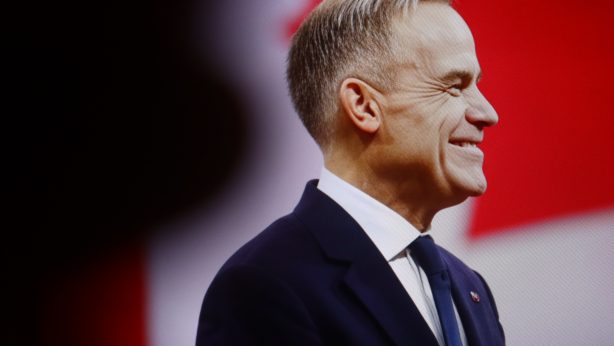Need grows as patients wait for dental program
In four years, from 2018 to 2022, 10 per cent fewer Canadians received dental care. With every phone call we get from a parent, senior or low-income worker asking if they are finally eligible for the new Canadian Dental Care Plan (CDCP), the case has never been stronger for making dental care universal.
In 2018, 75 per cent of Canadians saw a dental professional and 22 per cent avoided accessing dental care due to cost. According to a new Statistics Canada report, in 2022, only 65 per cent of Canadians saw a dental professional and 24 per cent avoided accessing dental care due to cost. While these statistics show a decrease in access to care over the last few years, these are trends that has been in place for a few decades, due to trends in both the private and public sector.
In the private sector, fewer people are receiving dental insurance tied to their work. With the decrease in unionization, work has become more precarious and fewer employers are providing benefits like dental insurance. This is occurring at the same time that many elderly people are retiring and losing benefits like dental insurance that they once had. As a result, in 2022, only 55 per cent of Canadians had private dental insurance and 35 per cent of Canadians lack dental insurance of any kind, whether public or private.
While fewer Canadians have access to work-related dental insurance, almost half of Canadians are living paycheck to paycheck. Inflation, stagnant wages and the rising cost of living are resulting in Canadians having less disposable income to pay for dental care out-of-pocket.
As Canadians face increasing struggles in accessing dental care through the private sector, they have also seen a decrease in support from public dental programs. In Canada, public dental spending accounts for only six per cent of total dental spending, putting us second last amongst countries in the Organization of Economic Cooperation and Development (OECD). We even rank behind America that contributes 10 per cent to total dental care spending and we are way behind countries like Germany and Japan whose rate of public dental spending account for 58 per cent and 78 per cent respectively.
Canada has not always performed so poorly on public dental care spending. In 1980, public dental spending accounted for 20 per cent of total dental spending. While public dental spending eroded in the decades that followed, so did the quality of public dental programs. Programs that were once for all children are now only for low-income children. Programs that once had relatively comprehensive coverage now only cover emergencies (e.g. extractions). And programs that once paid fees that were comparable to private plans, now pay half of what private plans pay, resulting in the people relying on these programs to struggle to find a dentist who will accept them.
With the increasing struggles Canadians are facing in accessing dental care, the Canadian Dental Care Plan (CDCP) is desperately needed. The CDCP is expected to cover people without private insurance who have a family income less than $90,000 per year. The plan will also ensure no copayments for families with an annual income less than $70,000. By then end of 2023, the CDCP is expected to be extended to those below 18, seniors and people living with a disability and is expected to cover close to 9 million people before the next federal election in 2025.
The 2023 federal budget set aside $13 billion over five years for the CDCP, and $4.4 billion on an ongoing basis. This would increase Canada’s share of public dental spending as a share of total dental spending to around the average of OECD countries, about 25-30 per cent. While this is undoubtedly progress, more work will be needed to guarantee access to dental care.
Considering we have already seen targeted dental programs erode in the decades after they were implemented, we should also be concerned of this problem with the CDCP. Targeted programs tend to create resentment from people who pay into the program through their taxes, but do not receive any benefits, creating a window for politicians to undermine these targeted programs.
Universal programs, in contrast, receive broad buy in from society, and cutbacks are seen as an attack on the society as a whole, making them much harder to undermine. If we want every Canadian to have access to dental care, and for this new federal dental plan to not be eroded over time, we need the CDCP to be step one towards a universal dental care system.



